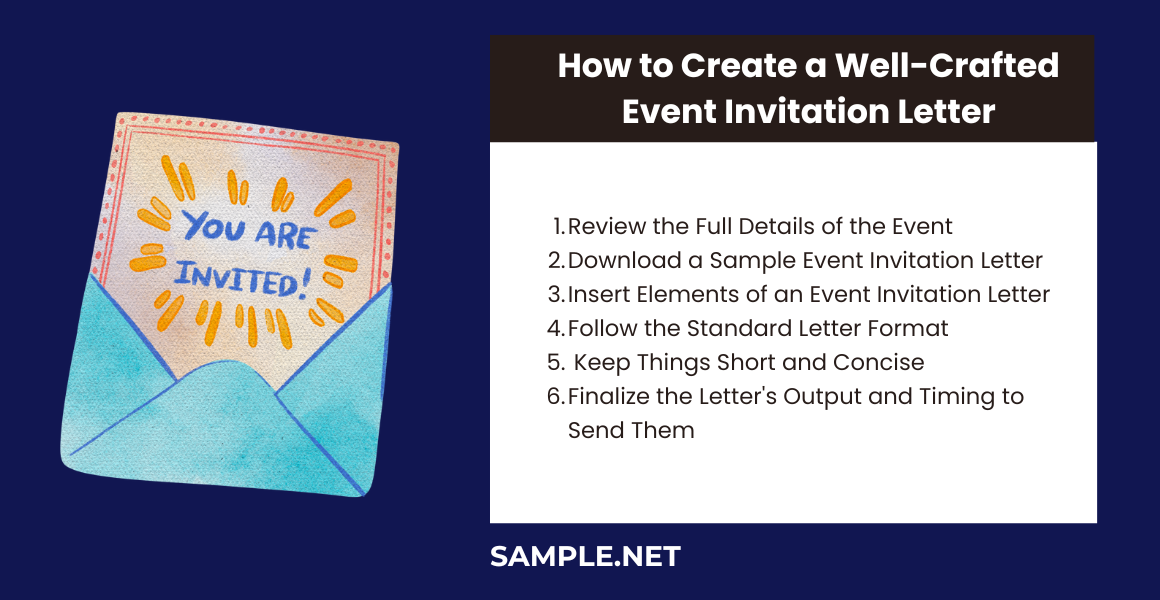Event Invitation Letter Samples
-

Short Event Invitation Letter for Event
download now -
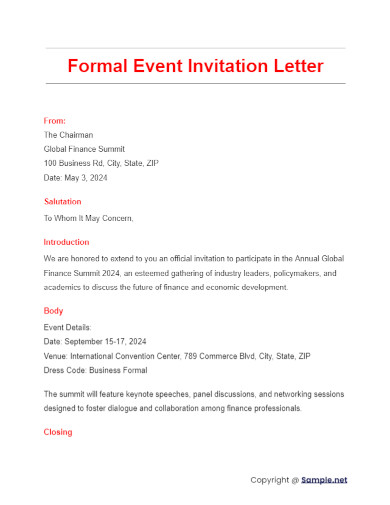
Formal Event Invitation Letter
download now -
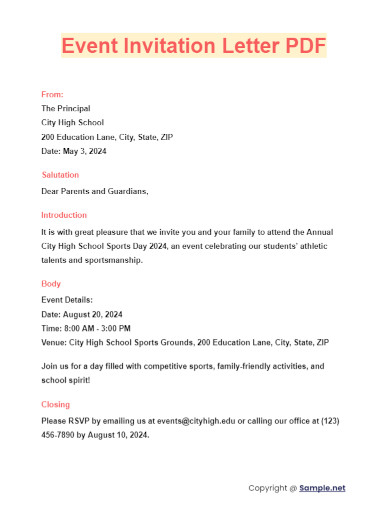
Event Invitation Letter PDF
download now -
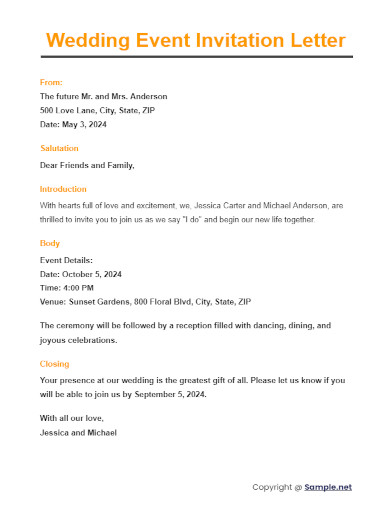
Wedding Event Invitation Letter
download now -
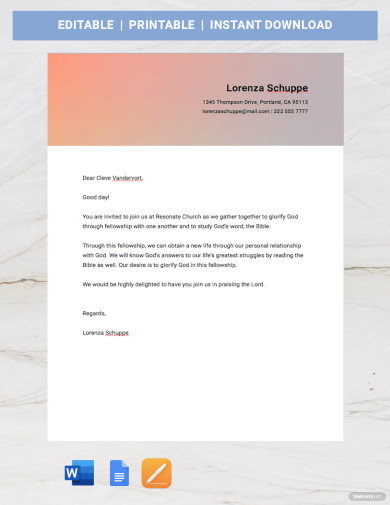
Invitation to Church Event Letter
download now -
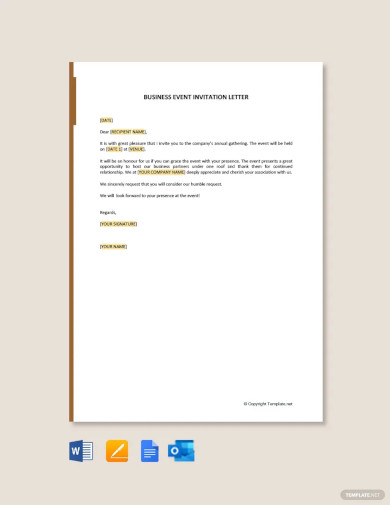
Business Invitation Letter for an event Template
download now -
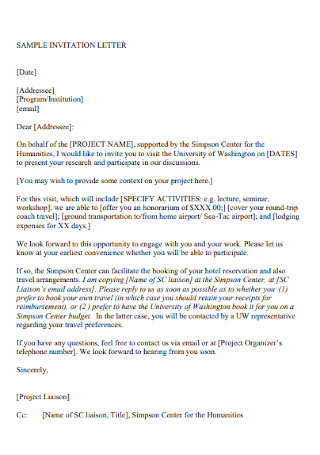
Sample Event Invitation Letter Template
download now -
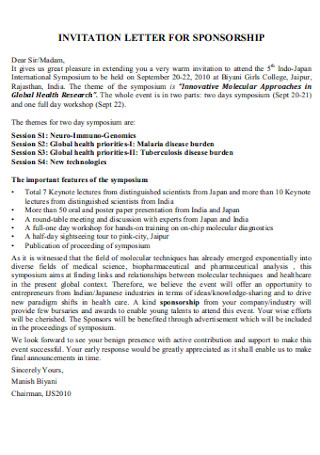
Event Sponsorship Invitation Letter
download now -
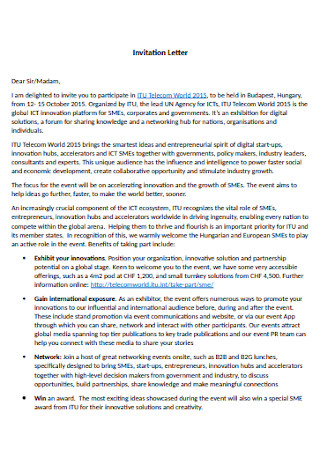
Telecome Event Invitation Letter Template
download now -
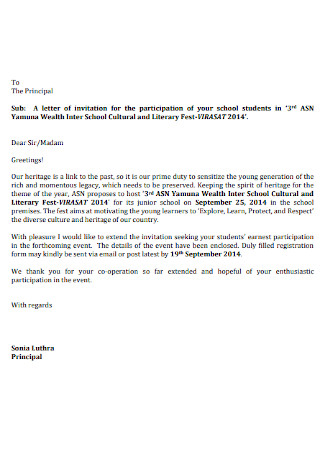
School Event Students Invitation Letter
download now -
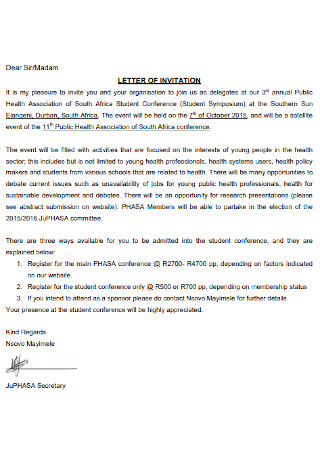
Public Health Association Event Invitation Letter
download now -

Court Competition Event Invitation Letter
download now -
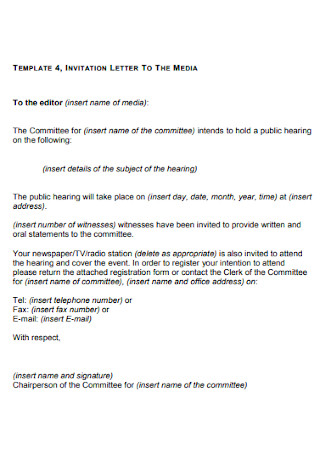
Event Invitation Letter for Media Template
download now -
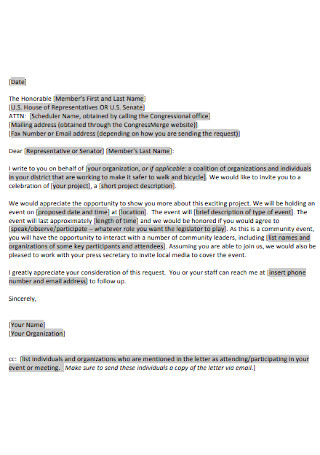
Sample Meeting Event Invitation Letter
download now -
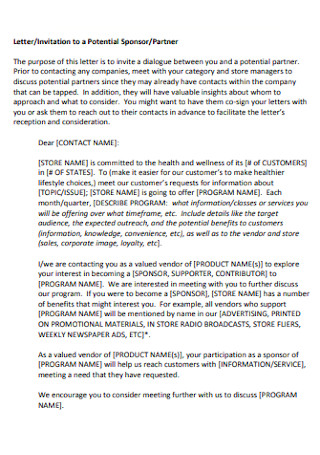
Event Invitation to a Potential Sponsor Letter
download now -
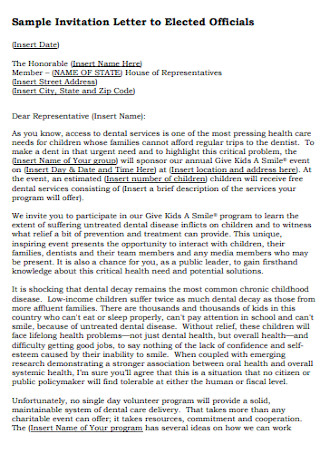
Sample Event Invitation Letter to Elected Officials
download now -

Event Invitation Letter form Secretary General Template
download now -
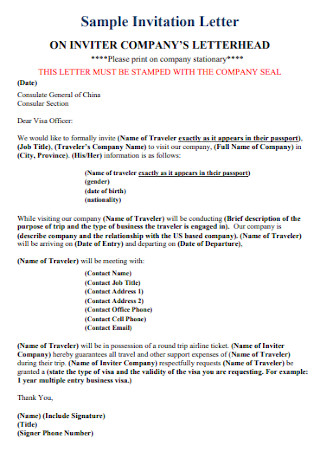
Company Event Invitation Letter Template
download now -
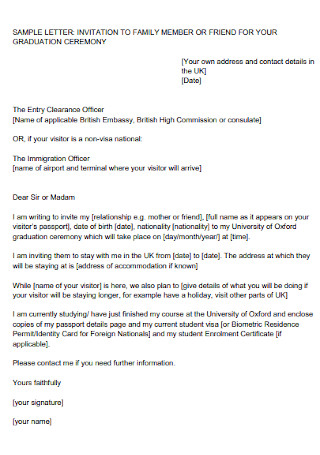
Graduation Ceremony Event Invitation Letter
download now -
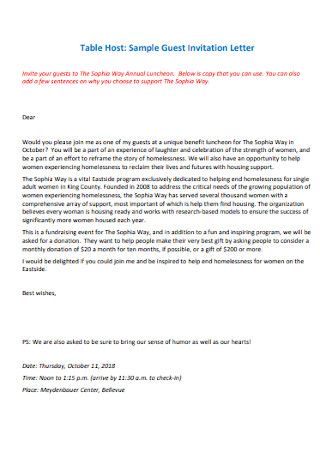
Sample Event Guest Invitation Letter
download now -
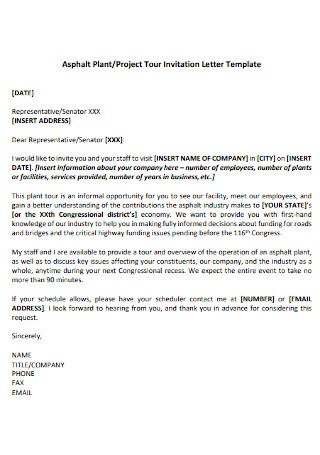
Project Tour Invitation Letter Template
download now -
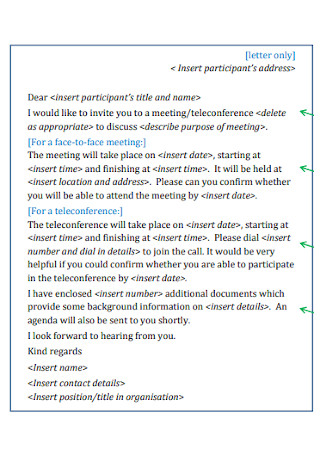
Sample Event Meeting Invitation Letter
download now -
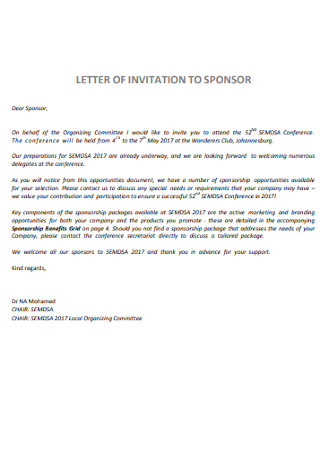
Sample Event Sponsor Invitation Letter
download now -
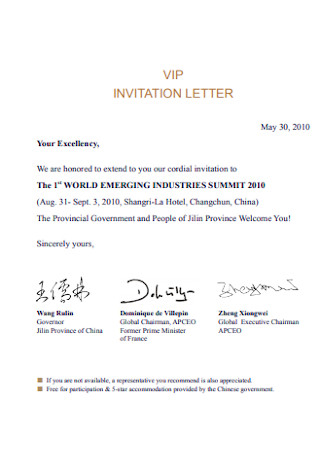
VIP Event Invitation Letter
download now -

Guest Speaker Event Invitation Letter
download now -
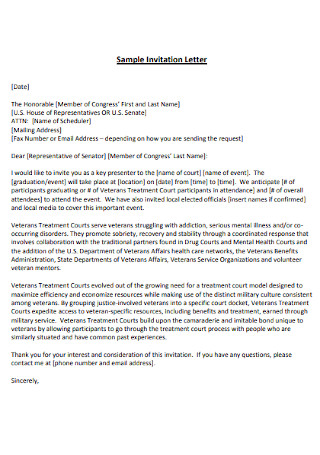
Standard Event Invitation Letter Template
download now -
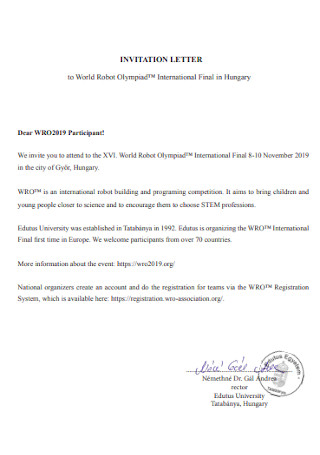
University Event Invitation Letter
download now -

Event Partner Invitation Letter
download now -
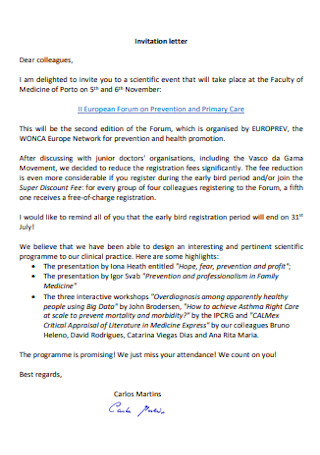
Formal Event Invitation letter Letter
download now -
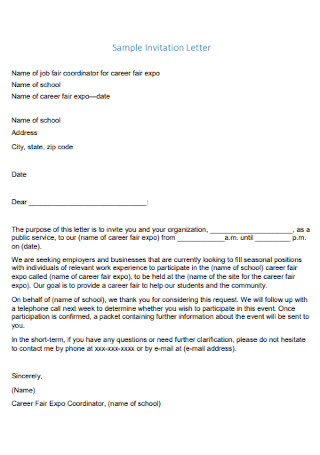
Sample School Event Invitation Letter Example
download now -
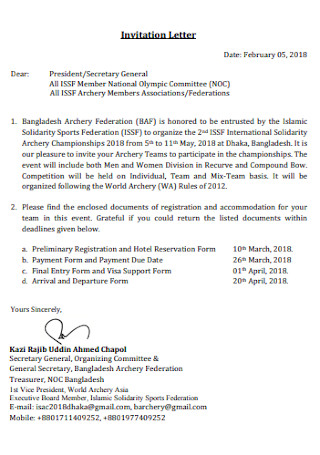
Basic Event Secretary General Invitation Letter
download now -
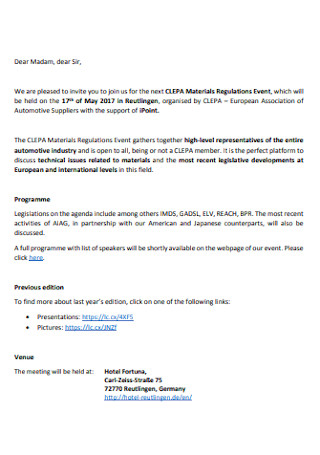
Event Invitation Letter Format
download now -
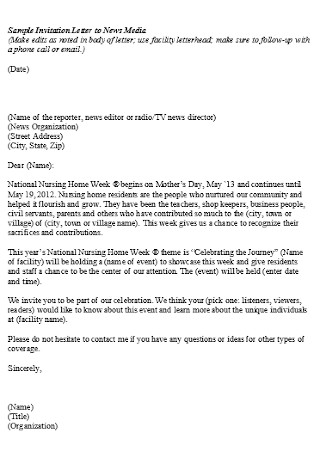
Sample Event Invitation Letter to News Media
download now -
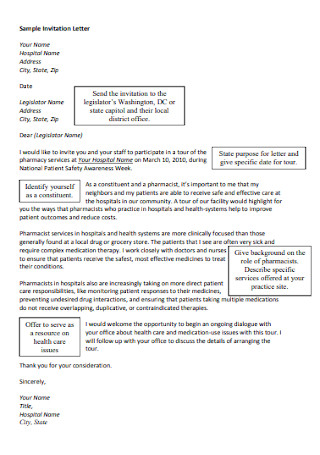
Hospital Special Event Invitation Letter
download now -

Business Event Invitation Letter Template
download now
FREE Event Invitation Letter s to Download
Event Invitation Letter Format
Event Invitation Letter Samples
What Is an Event Invitation Letter?
What Are the Important Topics to Discuss in an Event Invitation Letter?
How to Create a Well-Crafted Event Invitation Letter
What are the parts of an event invitation letter?
How much is the cost per attendee?
What kind of document is used to make letters?
What’s the Purpose of an Event Invitation Letter?
5 Key Elements to Include in Your Event Invitation Email Template
The Different Types of Event Invitations
How to Write an Invitation Letter?
How to Professionally Invite Someone to an Event?
How Do You Invite Guests to an Invitation?
How Do You Invite Someone in a Unique Way?
What is a Good Sentence to Invite Someone?
What Should an Invitation Text Say?
What is the Most Respectful Way to Start a Letter?
What Do You Say When Inviting Someone?
How Do You Politely Invite Someone to a Party?
What is the Formal Way of Inviting Someone?
How Do You Invite Guests to an Invitation?
Download Event Invitation Letter Bundle
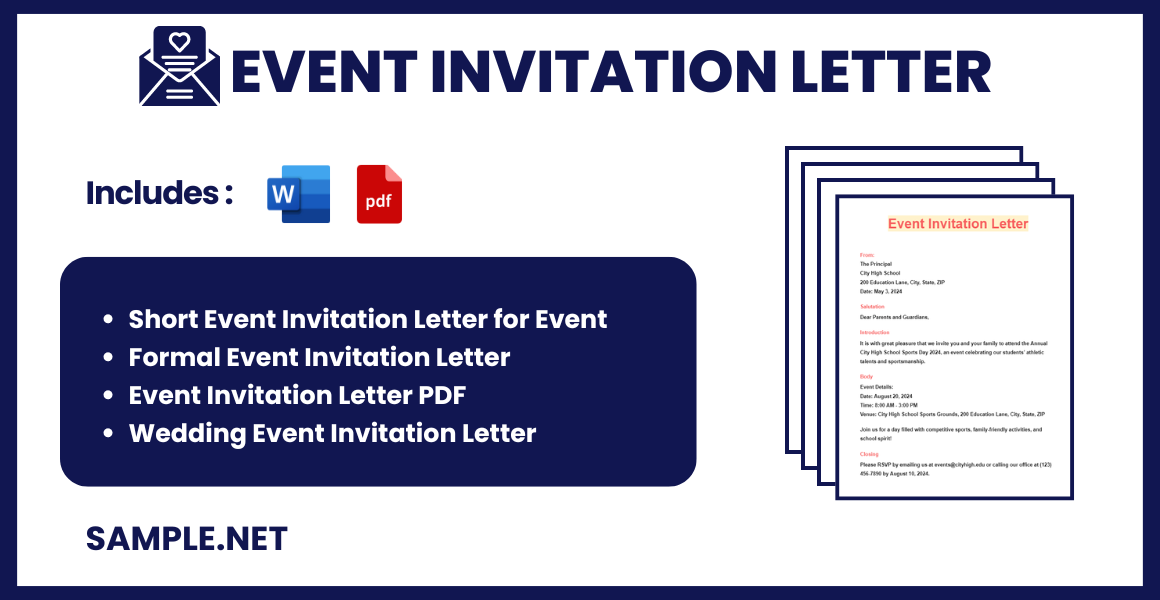
Event Invitation Letter Format
Header
- Your Name/Company Name
- Your Address
- Date
Salutation
- Dear [Recipient’s Name],
Introduction
- Purpose of the Letter: [Mention the event and its significance]
- Event Name: [Name of the event]
Details of the Event
- Date: [Specify the event date]
- Time: [Specify the start and end times]
- Venue: [Provide the location of the event]
- Event Highlights: [Mention key activities and guests]
Invitation Request
- Request for Participation: [Invite the recipient to the event]
- RSVP: [Instructions on how to respond to the invitation]
Closing
- Appreciative Closing: [Express gratitude and anticipation of the recipient’s attendance]
- Signature: [Your name and position, if applicable]
What Is an Event Invitation Letter?
An event invitation letter is a written communication sent to individuals or groups to invite them to attend an event. It typically includes essential details such as the event’s purpose, location, time, and date, and can range from formal gatherings like conferences to informal social events. The effectiveness of an invitation letter can directly impact attendance, making it a crucial element of event planning. Its tone should align with the event’s nature, ensuring it conveys the appropriate level of formality or informality.
Why Are Event Invitation Letters Needed?
An event invitation letter is important to formally invite a specific group of people for an upcoming event. Receiving the letter grants that certain exclusivity wherein not everyone is invited but if you got an invitation letter, clearly the host or organization behind the event wants your presence. Hence, guests are being targeted exclusively as they are valued. Also, invitees won’t have to be under the radar regarding the event’s purpose, time, location, and other specifications. Thanks to the detailed letter, all questions regarding the event will be written.
Furthermore, there are all sorts of events out there. You can organize a business conference, seminar, birthday party invitations, Christmas dinner, charity event, and so much more. And since events are nuanced, you can set up curated event invitation letters per event. You only make certain adjustments per letter or purpose, like in how you should be professional or formal in writing for a business sponsorship event letter but more personal and informal to an anniversary party. And you can use such invitations to estimate the number of invitees or as the attendees’ gate passes during the event.
What Are the Important Topics to Discuss in an Event Invitation Letter?
Indeed, event invitation letters are used to invite specific individuals for an event coming soon. But how can you be sure that you got all the important questions answered in one short letter? In this segment, you will learn the significant details worth discussing in a standard invitation letter. And these elements must be written into your next event invitation letter so you won’t fail or confuse invitees once the event comes.
How to Create a Well-Crafted Event Invitation Letter
There is no need to worry about making the event invitation letter because it is quite easy to do so. And since you already had a full introduction about the event invitation letter’s meaning, purpose, and important topics to include, you surely have an idea how a standard event invitation letter looks like. So in this section, you can already start applying what you learned by familiarizing the steps on how to make event invitation letters properly. You may also see Event Schedule
Step 1: Review the Full Details of the Event
First of all, how knowledgeable are you about the upcoming event to discuss in the event invitation letter? Maybe you know what the event’s purpose is but not so much on the specific flow of the program, venue, and more. Hence, talk with the event organizers and hosts of the program to be sure of the details regarding the event. Whether you plan about a business meeting minutes, fundraiser, or any other example, what matters most is you have the correct and precise information so you won’t go wrong on what to write into the letter.
Step 2: Download a Sample Event Invitation Letter
The reason you find writing event invitation letters a lot easier is how you can just download and save professionally made templates. With a premade sample template for your letter, you never need to create one out of scratch. Just use the template to be guided on how the usual content and format look like. Also, you can tweak the format, data, and other details in the letter. And you may print the letters or just save soft copies to send via email. Make the most out of the samples listed in this post now! You may also see Event Investment Contract
Step 3: Insert the Elements of an Event Invitation Letter
Once you have selected the appropriate sample template you want to work with, begin inserting the elements of an event invitation letter, which was already discussed. From the event purpose down to the reason why the reader should join, incorporate them into the letter to complete the necessary details. Otherwise, you might have the purpose, venue, and schedule but other elements like the program details and name of organizers were forgotten. Also, you can add more elements that you think are worth mentioning in the letter. You may also see Event Management Development Plan
Step 4: Follow the Standard Letter Format
For sure, this would not be the first time you create a letter. You surely have come across explanation letters, apology letters, legal letters, and more. And you would know that there is a standard format to each letter out there, despite their different functions. And the four main elements for such letters are the salutation, introduction, body, and conclusion with signature. So follow that structure to set a flow to your letter. The salutation is where you greet your attendees. Follow it with a sample brief introduction regarding the event invitation letter. The heart of the whole letter would all be stated in the body text. And you would end the letter with a conclusion or closing statement with affixed signatures below.
Step 5: Keep Things Short and Concise
Most letters are simply one-page business plans. So you need to know how to tie up details by ensuring they all fit in one document smoothly. And the best way to do that is by writing the event invitation letter concisely. Just keep your words simple and short so readers won’t have to take too long to read and understand the message. If there seems to be a lot of details, then learn to be more straightforward. And at the same time, write in a polite manner. Mind your language or tone because you cannot simply invite people irreverently, right?
Step 6: Finalize the Letter’s Output and Timing to Send Them
Lastly, you need to visualize how the letter’s final output should turn out like. Should it be printed or not? And do you need the document in a different size or perhaps texts with bigger fonts? Hence, a clear format is essential. And once you are through assessing the letter, think about the timing before sending them. As much as possible, send your invitation letters early so people have enough time to respond to the invitation. And that also means you encourage invitees to RSVP so you won’t be left unsure if they will go or not. You may also see Event Emergency Action Plan
What are the parts of an event invitation letter?
Any event invitation letter would have the subject line, letterhead, sender’s address, date, recipient’s address, salutation, main body, and closing statement with signature.
How much is the cost per attendee?
Generally, the cost per attendee depends on the event and budget for the event. For example, a lavish event would likely cost more than a casual event. But based on a report, the average cost per attendee is $657 in North American conferences and tradeshows back in 2019. You may also see Event Planning Proposal
What kind of document is used to make letters?
Basically, any document can work as a letter may it be bond paper, Oslo paper, or even a torn paper from a notebook. And usually, these letters are folded carefully to fit in a square or rectangular business envelope.
What’s the Purpose of an Event Invitation Letter?
An event invitation letter formally requests the presence of individuals or groups at an event, setting the tone and expectations.
- Communication: Clearly communicates the event details and logistics.
- Personal Touch: Adds a personal touch that can enhance the recipient’s interest in attending.
- Information Source: Acts as a primary source of information regarding the event specifics.
- Formality and Etiquette: Upholds the formalities and etiquette of inviting guests, especially for significant occasions.
- Response Management: Helps in managing responses and planning logistics based on attendance. You may also see Event Management Scope of Work
5 Key Elements to Include in Your Event Invitation Email Template
Crafting an effective event invitation email involves including essential components that capture attention and provide necessary information.
- Event Details: Clearly state the date, time, location, and purpose of the event.
- Call to Action: Include a straightforward RSVP button or link.
- Event Checklist: Incorporate an Event Checklist for attendees to prepare adequately.
- Personalization: Personalize the greeting and content to the recipient’s relationship to the host or event.
- Visual Appeal: Use attractive visuals and a professional layout to enhance readability and engagement. You may also see Wedding Event Contract
The Different Types of Event Invitations
Event invitations vary greatly depending on the nature of the event and the audience being addressed.
- Business Invitation: For corporate gatherings, product launches, or official meetings.
- Birthday Party Invitation: Informal and festive, tailored to personal celebrations.
- Event Sponsorship Letter: Specifically crafted to request support or partnership from potential sponsors.
- Sports Event Proposal: Invitations to Sports Event Proposal that outline the event’s objectives and participant benefits.
- Digital Invitations: Utilize online platforms for easy distribution and response tracking.
How to Write an Invitation Letter?
Writing an invitation letter requires attention to detail and clarity to ensure the recipient understands and feels welcomed to the event.
- Introduction: Start with a friendly introduction and a statement of the event’s purpose.
- Event Details: Include comprehensive details about the event.
- Event Marketing Plan: Highlight key marketing initiatives that might interest the attendee.
- Formal Closure: End with a formal note of invitation and a request for RSVP.
- Professional Tone: Maintain a professional tone throughout the letter to reflect the importance and formality of the event. You may also see Event Meeting Minutes
How to Professionally Invite Someone to an Event?
Inviting someone professionally to an event means communicating respect and importance both for the person and the occasion.
- Direct Address: Use the recipient’s full name and title.
- Clear Purpose: State the purpose of the event clearly and early in the invitation.
- Detailed Information: Provide all necessary details about the event’s location, time, and agenda.
- RSVP Instructions: Include clear instructions on how to RSVP.
- Thank You: Close with a thank you note expressing anticipation of the recipient’s attendance. You may also see Event Plan
How Do You Invite Guests to an Invitation?
Inviting guests effectively involves clear communication and some personal touches to make the invitation feel special.
- Personalized Approach: Personalize each invitation to show genuine interest.
- Event Planning Checklist: Include an Event Planning Checklist to help guests prepare for the event.
- Multiple Platforms: Send invitations through multiple platforms (email, mail, social media) to ensure reach.
- Follow-Up: Send a reminder or follow-up message as the event approaches.
- Accessibility Details: Provide details on accessibility to ensure everyone can attend comfortably. You may also see Wedding and Event Contract
How Do You Invite Someone in a Unique Way?
Unique invitations capture attention and can make an event feel more exclusive or special.
- Creative Formats: Use unexpected formats or designs, like a puzzle or an interactive digital invitation.
- Themed Invitations: Create a theme that starts with the invitation to build excitement and curiosity.
- Personal Video Messages: Send a personal video message from the host or a key guest.
- Handwritten Notes: Use handwritten notes for a personal and traditional touch.
- Event Highlights: Include highlights or teasers of what to expect at the event to intrigue and entice the guests. You may also see Event Planner Contract
What is a Good Sentence to Invite Someone?
“We would be delighted if you could join us for this special occasion as part of our Event Action Plan.”
What Should an Invitation Text Say?
“Please join us for an unforgettable experience; your presence will make it truly special, aligning with our Event Marketing Strategies.”
What is the Most Respectful Way to Start a Letter?
“Dear [Name], I hope this message finds you well,” establishes respect and personal connection in your Event Proposal.
What Do You Say When Inviting Someone?
“I warmly invite you to participate in our upcoming event, a key initiative in our Event Strategic Plan.”
How Do You Politely Invite Someone to a Party?
“I would be honored if you could attend our gathering. It promises to be an enjoyable and memorable event.” You may also see Event Staffing Plan
What is the Formal Way of Inviting Someone?
“Your esteemed presence is requested at our event, as detailed in our Event Planner Invoice.”
How Do You Invite Guests to an Invitation?
“Kindly consider this your personal invitation to join us, reflecting our commitment outlined in the Event Bid Proposal“.
In conclusion, the art of creating a compelling event invitation letter lies in balancing essential information with engaging content. A well-crafted invitation not only provides all the necessary details like venue, date, and purpose but also reflects the spirit of the event itself, encouraging a positive response. For those planning a specific gathering like a Club Event Proposal, the invitation can serve as a direct reflection of the event’s exclusivity and allure. This guide has covered various samples, forms, and styles to help you craft an effective invitation that meets your needs and appeals to your audience.

